There can be your advertisement
300x150
7 Home Plants That Will Make Your Interior Visually More Expensive in 2025
Selection of impressive plants for your interior
In recent years, large plants have become a new trend in interior design. Whereas small flowers like violets once decorated windowsills, now large houseplants are in fashion. We explore which plants can help create an impression of an expensive interior.
Main points from the article:
Large plants are the main trend of 2025;
A well-chosen plant can become an accent in the interior;
Most trendy plants are low-maintenance;
A single large specimen is more effective than multiple small ones;
It's important to consider lighting in the apartment.
Why Large Plants Are the New Luxury
Large plants in interior design create an atmosphere of a private home or a luxury hotel. They attract attention and become the central element in the room. At the same time, taking care of them is often easier than it seems.
Ficus lyrata (Ficus lyrata)
Pros:
Large glossy leaves up to 45 cm;
Looks impressive as a standalone plant;
Cleans the air;
Long-living plant that can grow for decades.
Cons:
Doesn't like drafts;
Requires proper lighting;
Difficult to acclimatize;
Expensive.
Care tips:
Bright diffused light, no direct sunlight;
Moderate watering when the top layer of soil dries out;
Regular leaf wiping;
Temperature 18-25°C;
Air humidity of at least 60%.

Photo: freepik.com
Olive Tree
Pros:
Stylish Mediterranean look;
Compact canopy;
Low humidity requirements;
Can live on the balcony in summer.
Cons:
Needs a lot of light;
Grows slowly;
May drop leaves in low light conditions;
High price.
Care tips:
- Direct sunlight for at least 6 hours a day;
- Moderate watering, no standing water;
- Annual pruning of shape;
- Temperature not below 10°C in winter;
- Feeding in spring and summer.
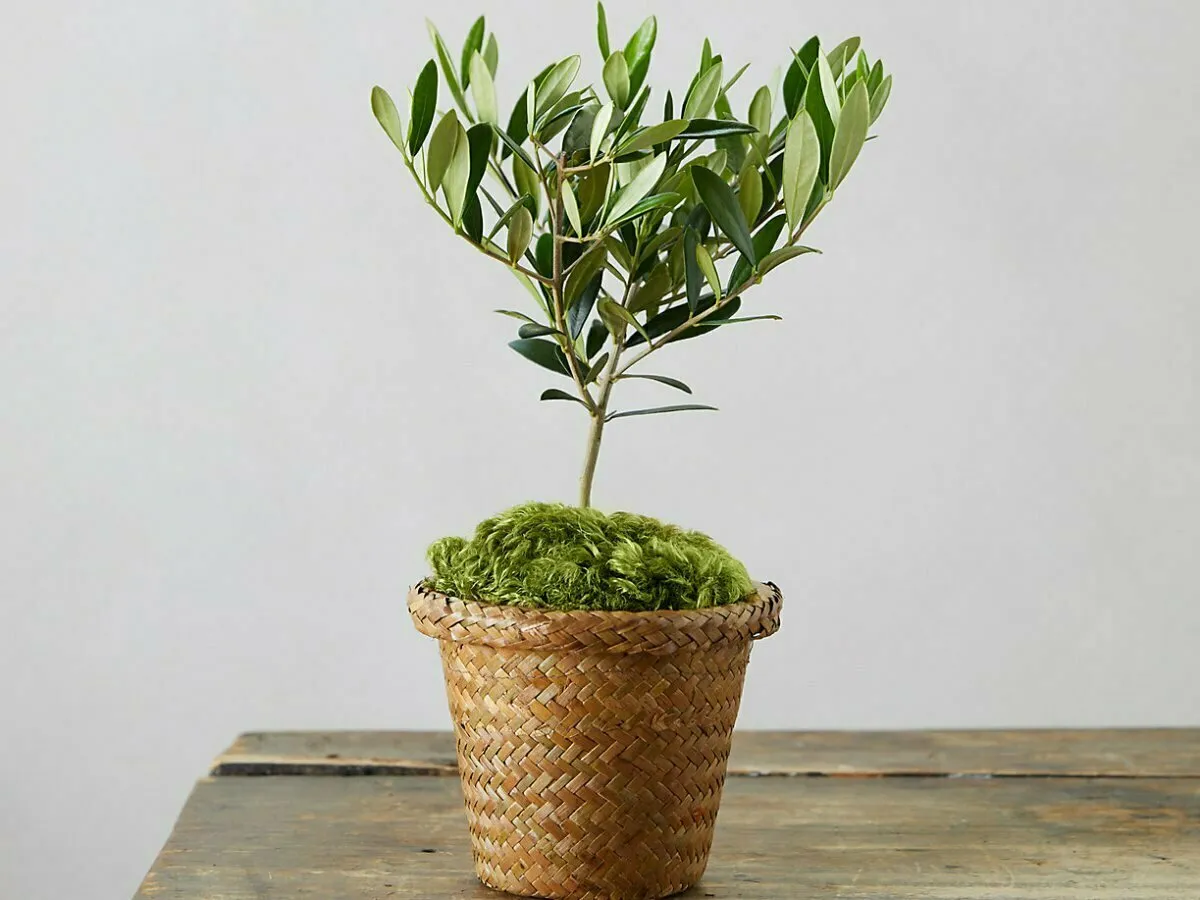
Photo: freepik.com
Strelitzia nicolai
Pros:
Exotic plant;
Large architectural leaves;
Can bloom in home conditions;
Durable plant.
Cons:
Takes up a lot of space;
Heavy to move around;
Requires high humidity;
Leaves can be damaged in low humidity.
Care tips:
- Bright diffused light;
- Regular watering without over-drying;
- Misting leaves;
- Temperature 20-25°C;
- Fertilizing during the growing season.
Pay attention to the video:
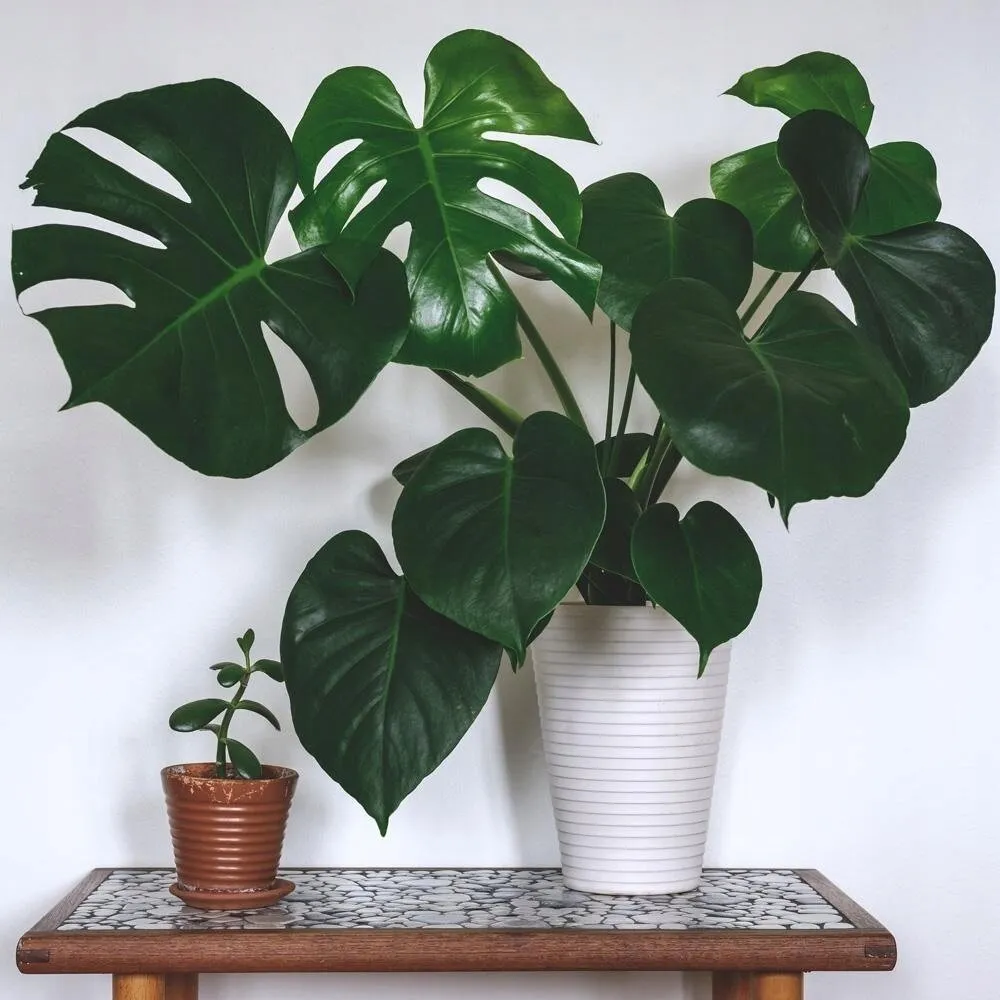
Photo: freepik.com
Monstera deliciosa
Pros:
Grows quickly;
Low maintenance;
Easy to propagate;
Adaptable to various lighting conditions.
Cons:
May need support;
Spreads wide;
Toxic sap;
Can attract pests.
Care tips:
Bright diffused light or partial shade;
Moderate watering;
Needs support for growth;
Temperature 18-27°C;
Loves humid air.
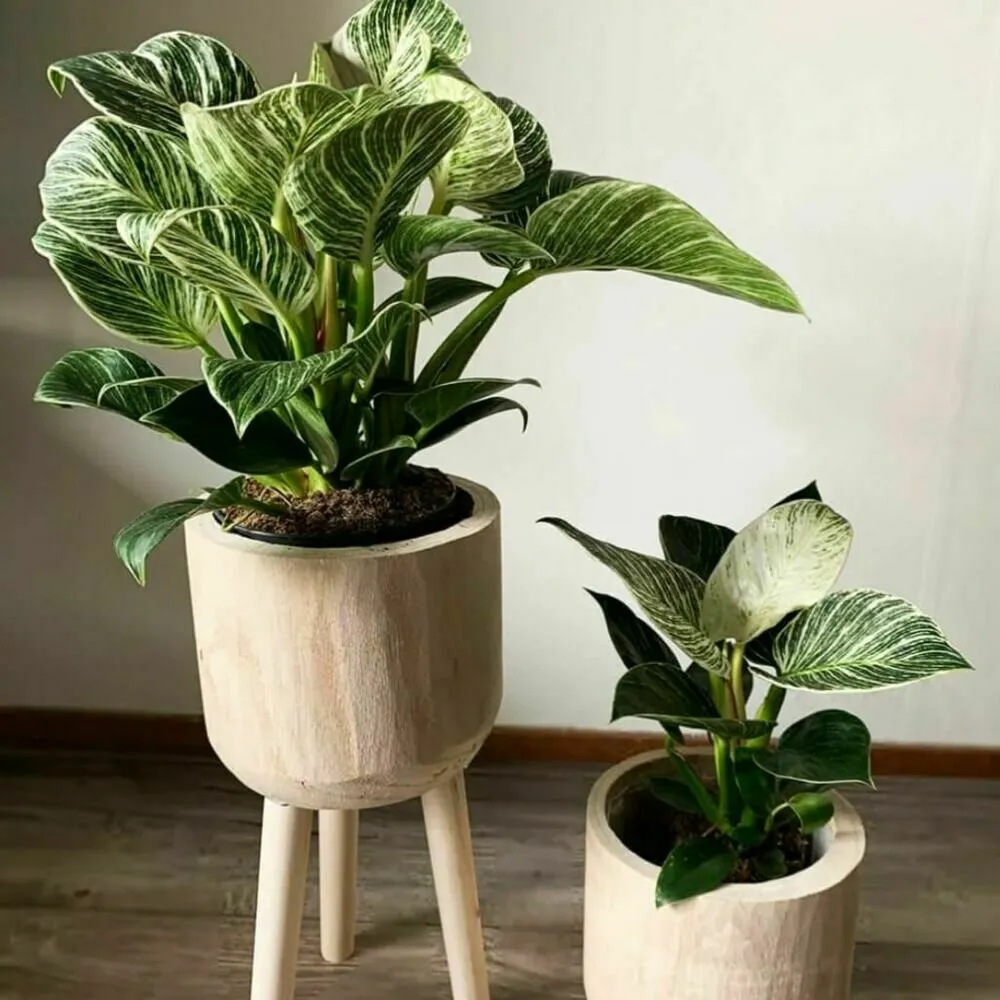
Philodendron Birskii
Pros:
Unique leaf coloration;
Suitable for vertical greening;
Cleans the air;
Relatively low maintenance.
Cons:
High price;
May lose variegation in low light;
Toxic to animals;
Requires high humidity.
Care tips:
Bright diffused light;
Regular watering without overwatering;
Air humidity of at least 60%;
Temperature 18-25°C;
Regular fertilizing during the growing season.
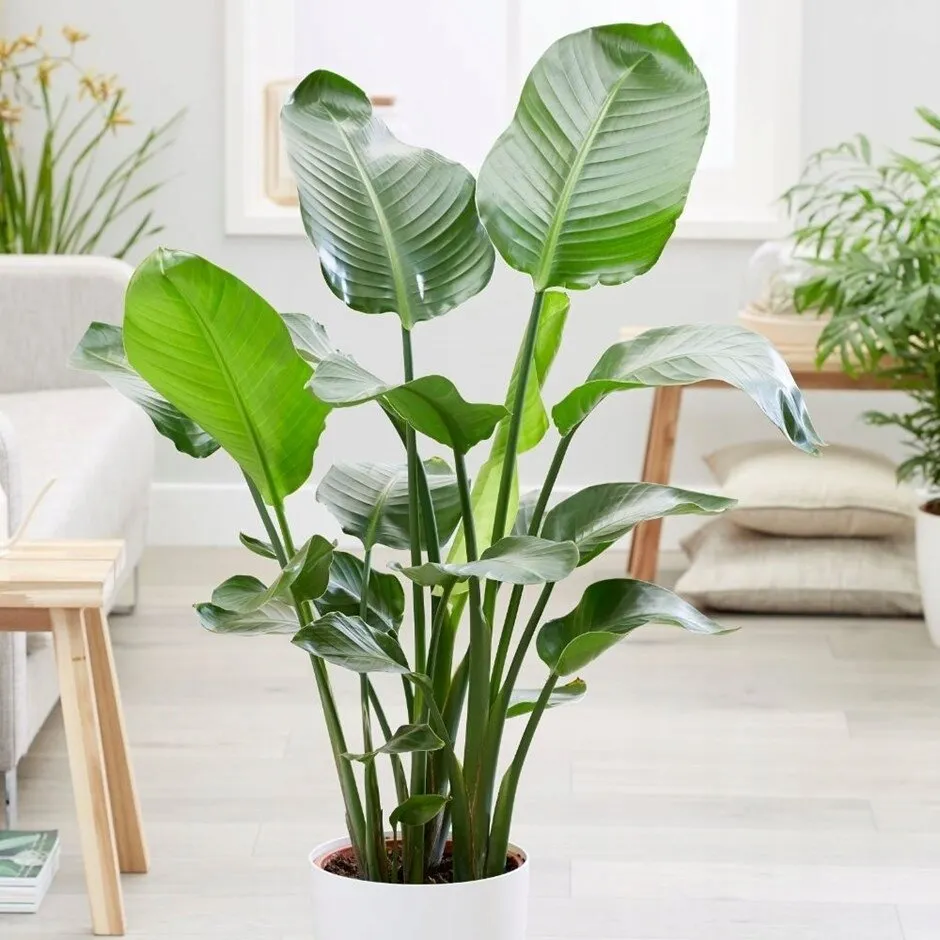
Photo: freepik.com
Yucca
Pros:
Extremely low maintenance;
Structural form;
Cleans the air;
Doesn't require frequent watering.
Cons:
Grows slowly;
Sharp leaves can be dangerous;
Hard to transport;
Stretches in low light.
Care tips:
Bright light, direct sun rays possible;
Moderate watering, drought-tolerant;
Not demanding on humidity;
Temperature 15-28°C;
Rare fertilizing.
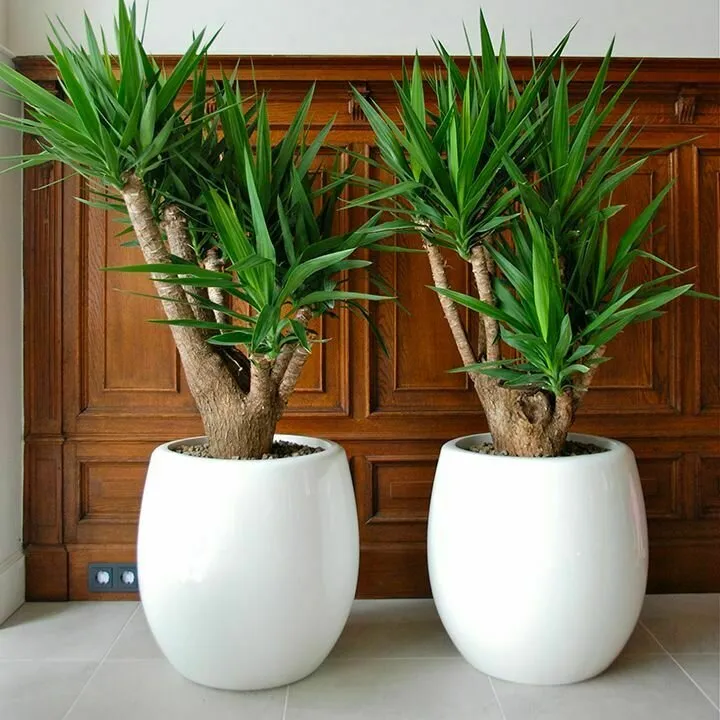
Photo: freepik.com
Ficus elastica
Pros:
Dense canopy;
Low maintenance;
Grows quickly;
Great air purifier.
Cons:
May drop leaves under stress;
Requires regular leaf cleaning;
Toxic to animals;
Sensitive to drafts.
Care tips:
Bright diffused light;
Moderate watering;
Regular leaf wiping;
Temperature 18-25°C;
Tolerant to dry air.
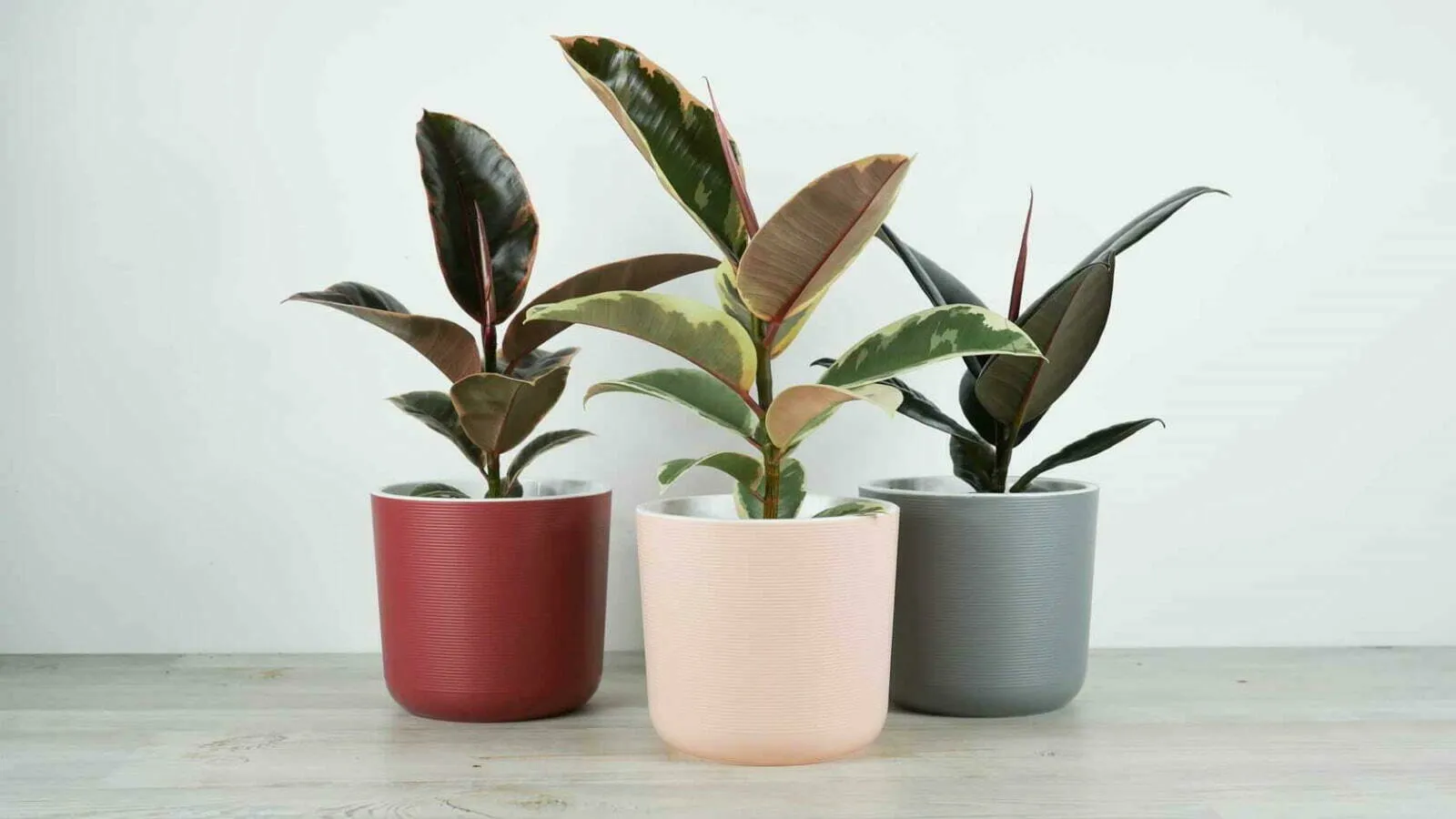
Photo: freepik.com
How to Properly Present a Plant in the Interior
Even the most impressive plant can get lost without proper presentation. Choose large floor planters in simple shapes – they will make the composition more substantial. The color of the planter is better chosen to match the main room decoration or furniture.
Where to Place a Green Giant
Large plants look best:
By the window in the living room;
In a corner of a spacious room;
Next to the sofa group;
By the staircase in a private house;
In a spacious hallway.
What to Consider When Buying
Purchase plants from specialized stores where you can get information about care and warranty. Pay attention to the condition of the leaves and the absence of pests. A large plant is an investment that can last for years.
How Much Does It Cost
Adult specimens of large plants cost between 5,000 and 30,000 rubles, depending on the species and size. You can save money by buying a smaller plant and growing it yourself, but you'll need patience.
Remember that even one properly chosen large plant can completely transform the room. The key is to consider apartment conditions and be ready to give your green pet a little attention.
Cover: freepik.com
More articles:
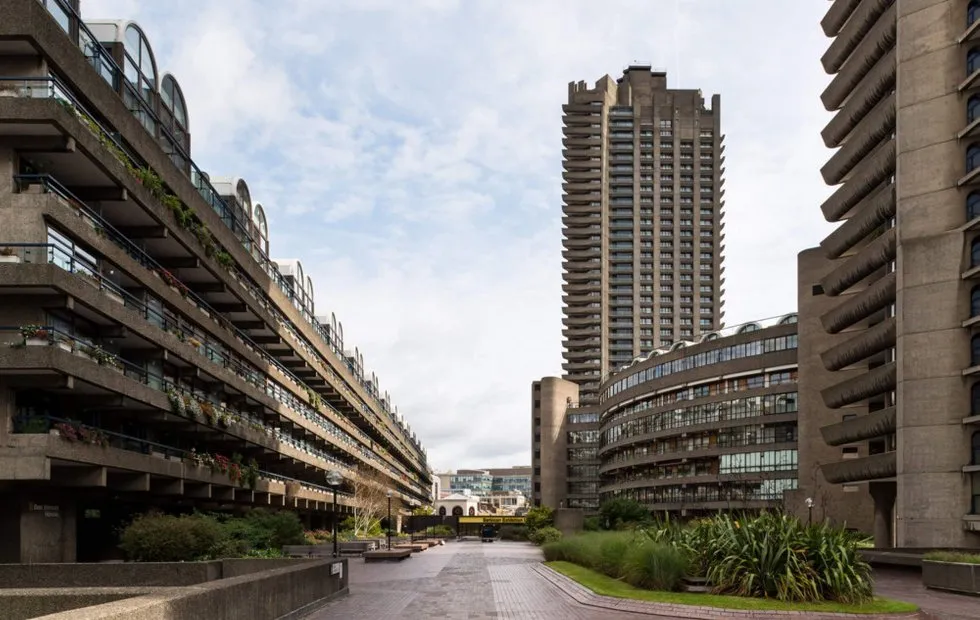 Barbican Estate: Concrete Utopia in the Heart of London
Barbican Estate: Concrete Utopia in the Heart of London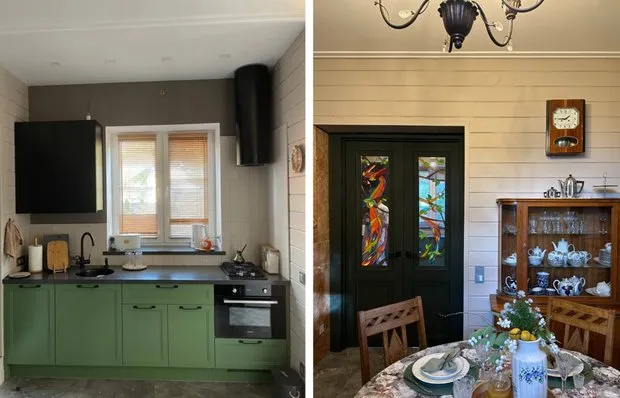 How a 1990s Dacha Was Transformed Into a Cozy Home for Comfortable Living (+ Before Renovation Photos)
How a 1990s Dacha Was Transformed Into a Cozy Home for Comfortable Living (+ Before Renovation Photos)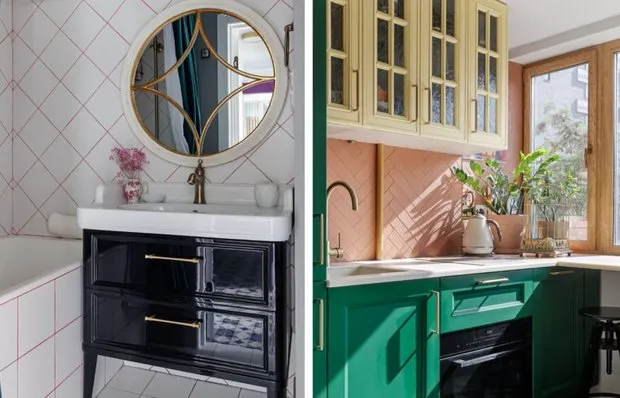 7 Stunning Design Solutions Found in a Vibrant 42 m² Apartment
7 Stunning Design Solutions Found in a Vibrant 42 m² Apartment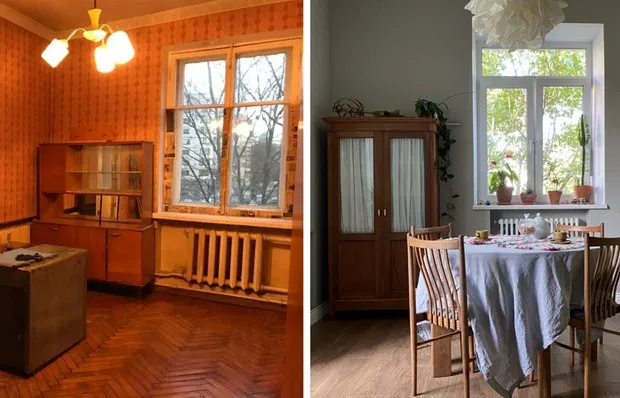 Before and After: How a Blogger Transformed a Dilapidated Stalin-era Apartment
Before and After: How a Blogger Transformed a Dilapidated Stalin-era Apartment Lost in the Jungles: Amazing Ancient Cities Still Being Discovered by Archaeologists
Lost in the Jungles: Amazing Ancient Cities Still Being Discovered by Archaeologists 6 Morning Drinks Instead of Coffee That Give More Energy
6 Morning Drinks Instead of Coffee That Give More Energy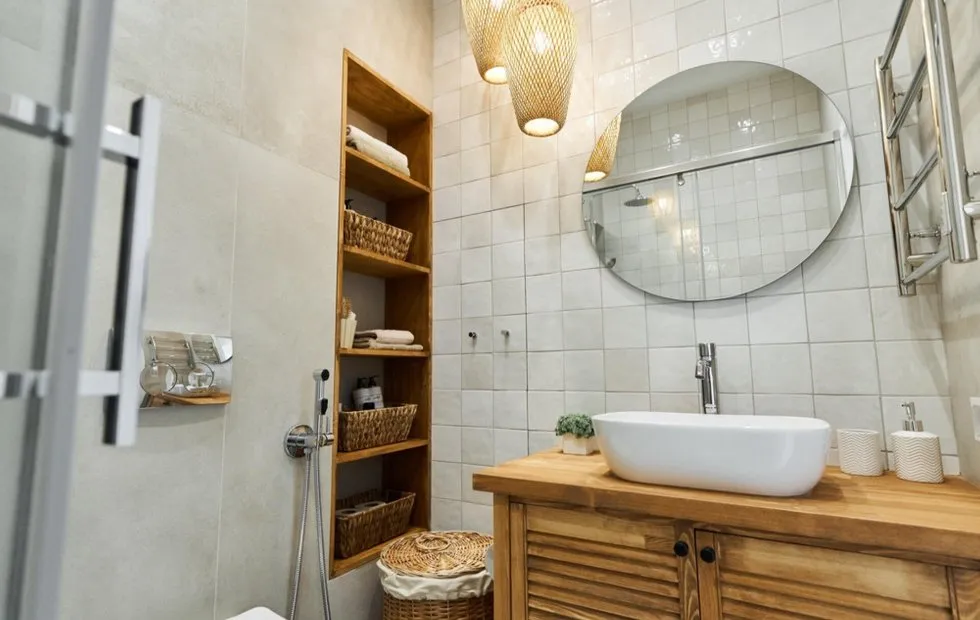 2x1.5 Bathroom: Everything Fits (Even the Washing Machine)
2x1.5 Bathroom: Everything Fits (Even the Washing Machine)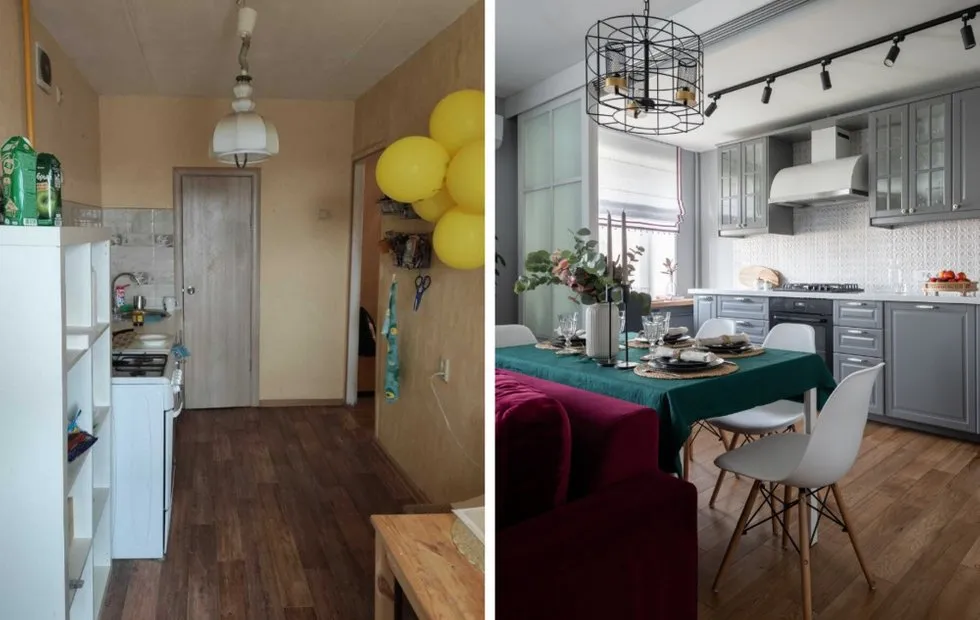 Before and After: How to Find Extra Square Meters in a Standard Apartment
Before and After: How to Find Extra Square Meters in a Standard Apartment